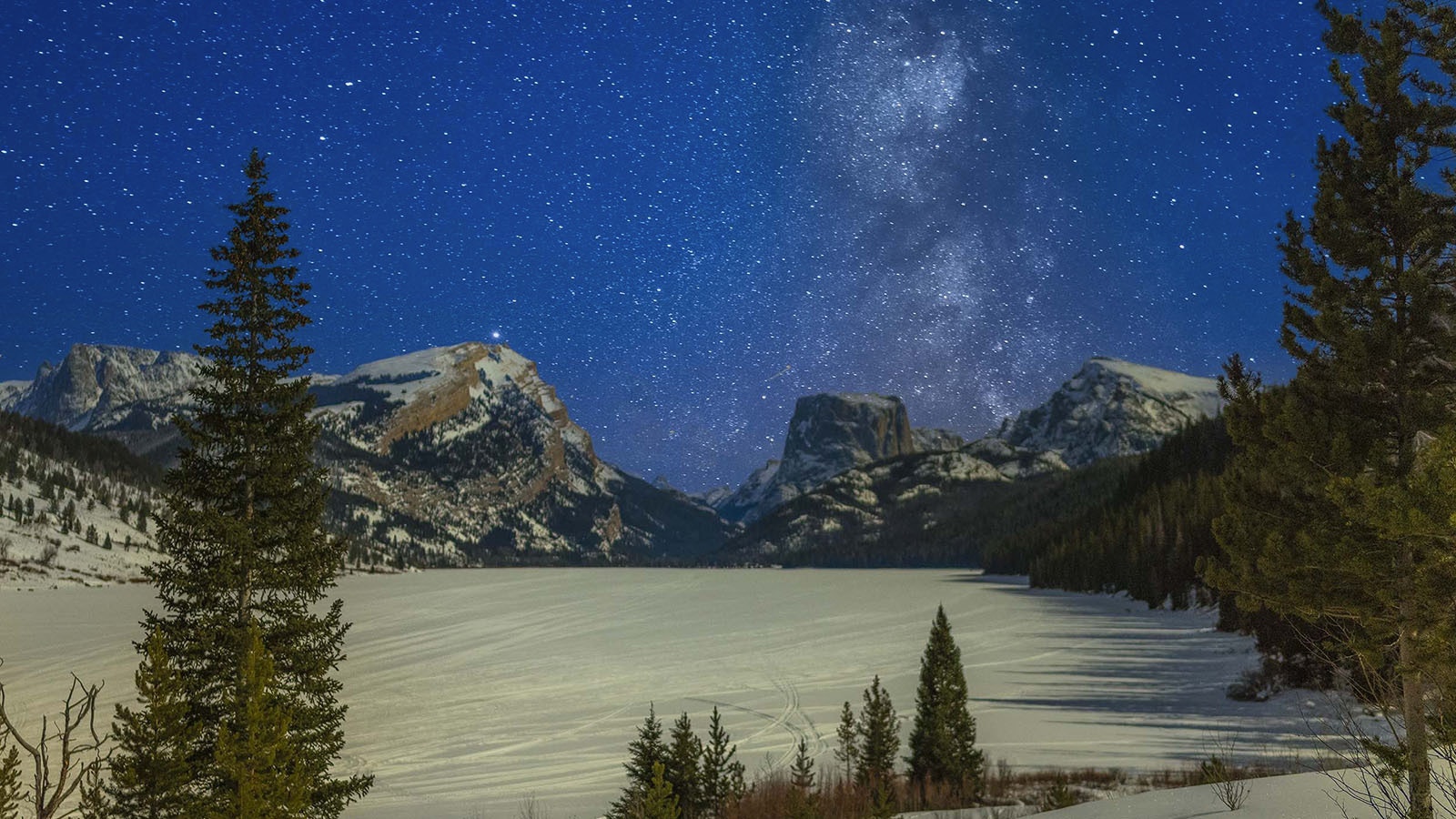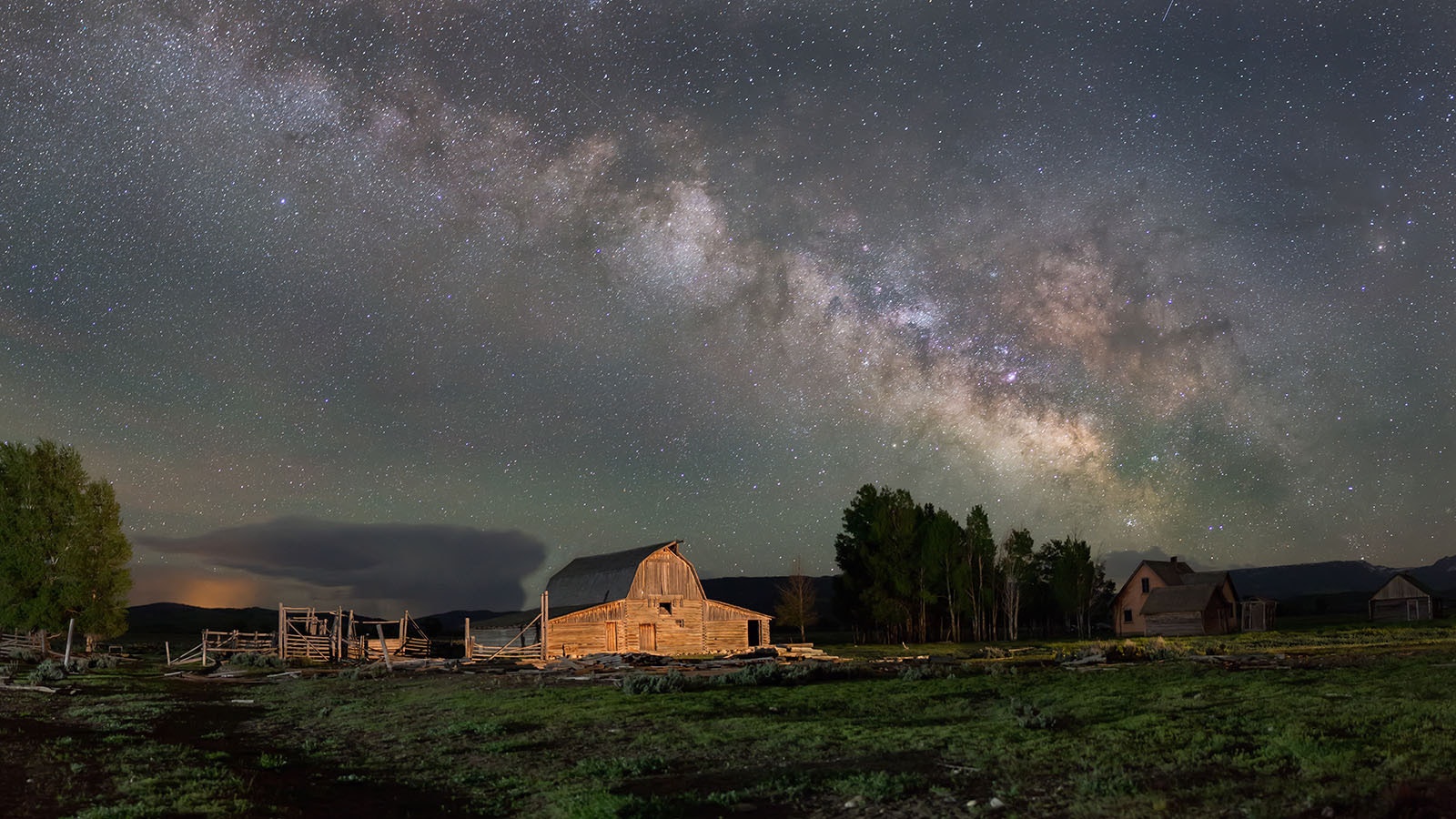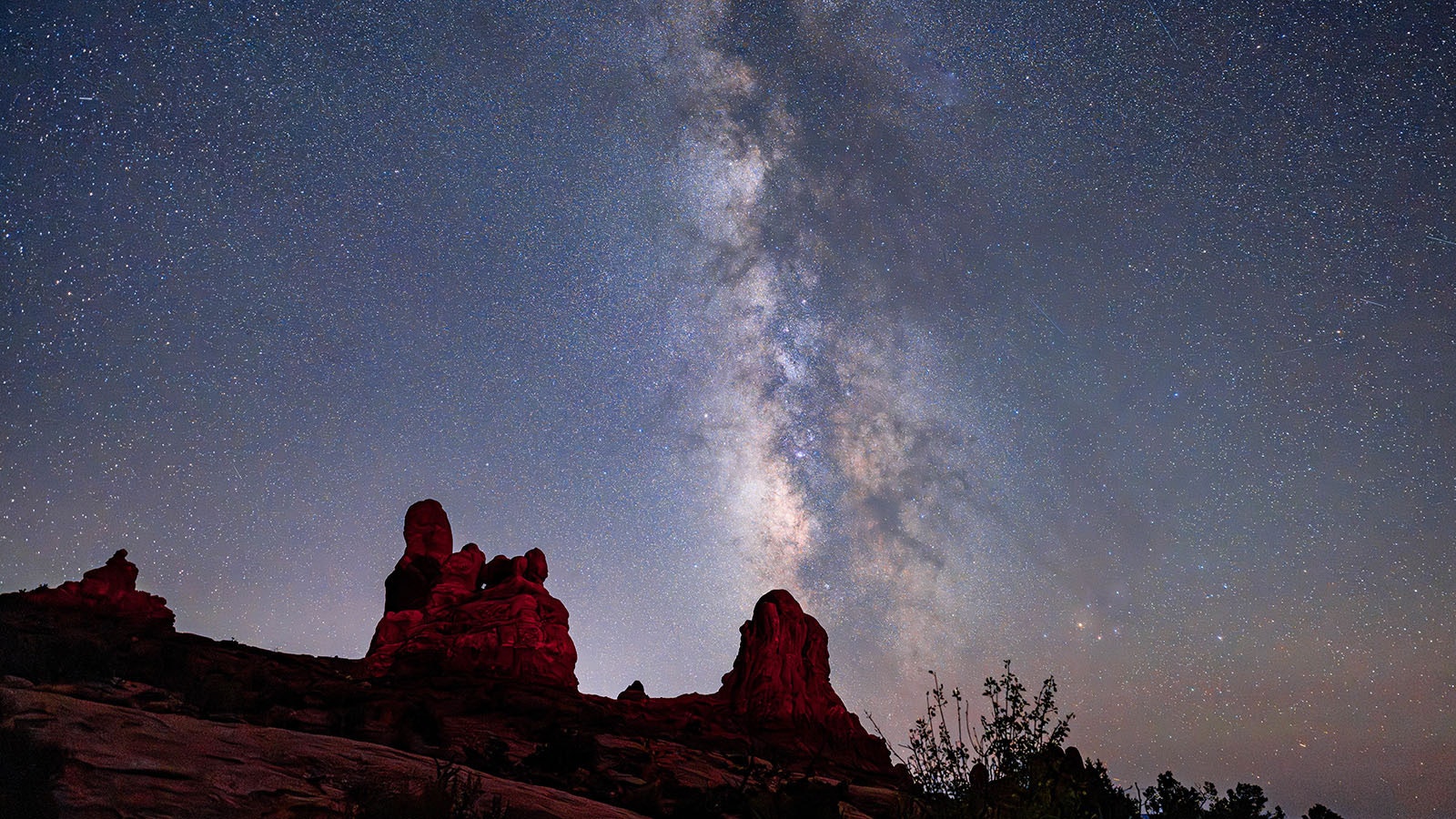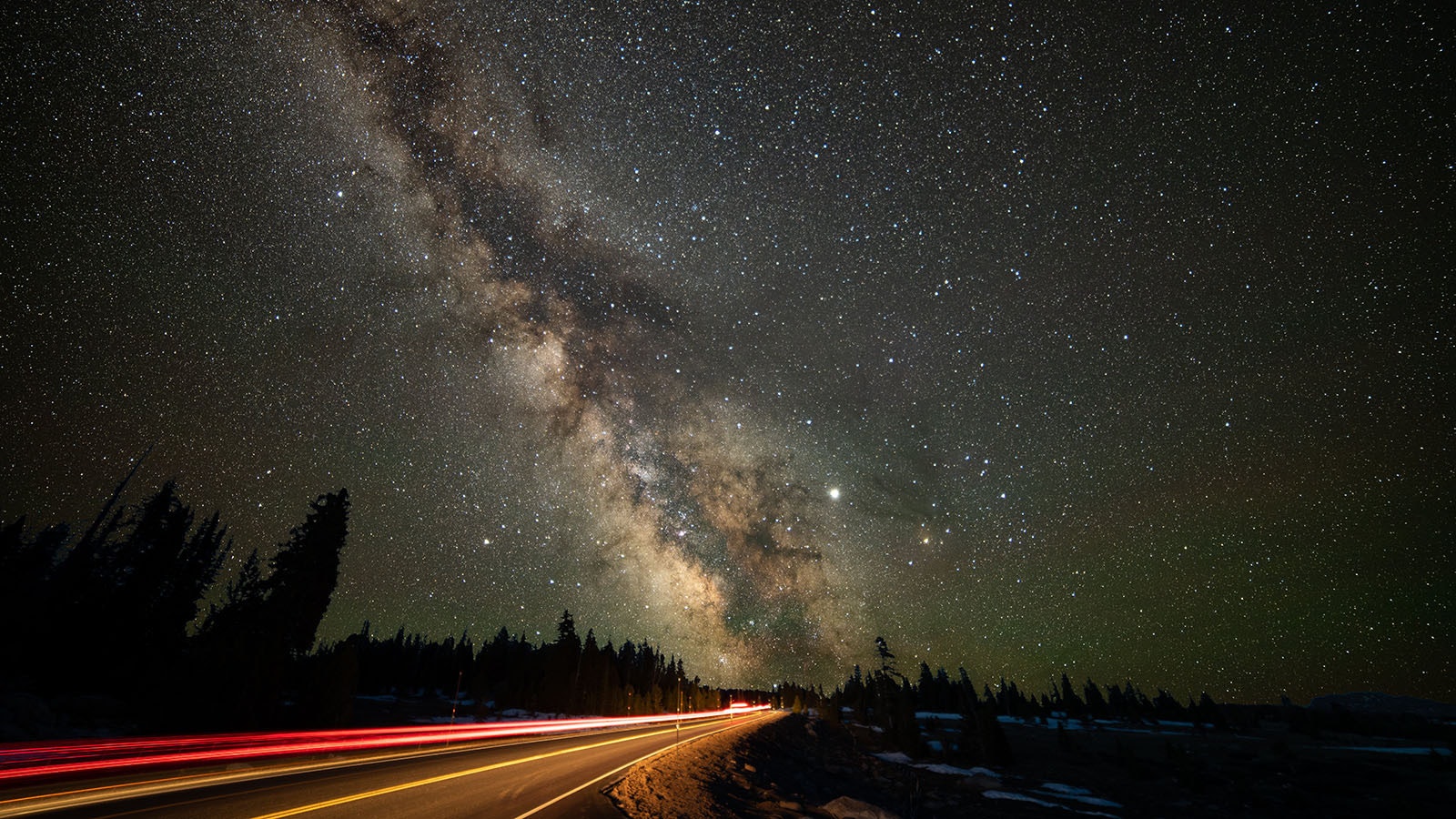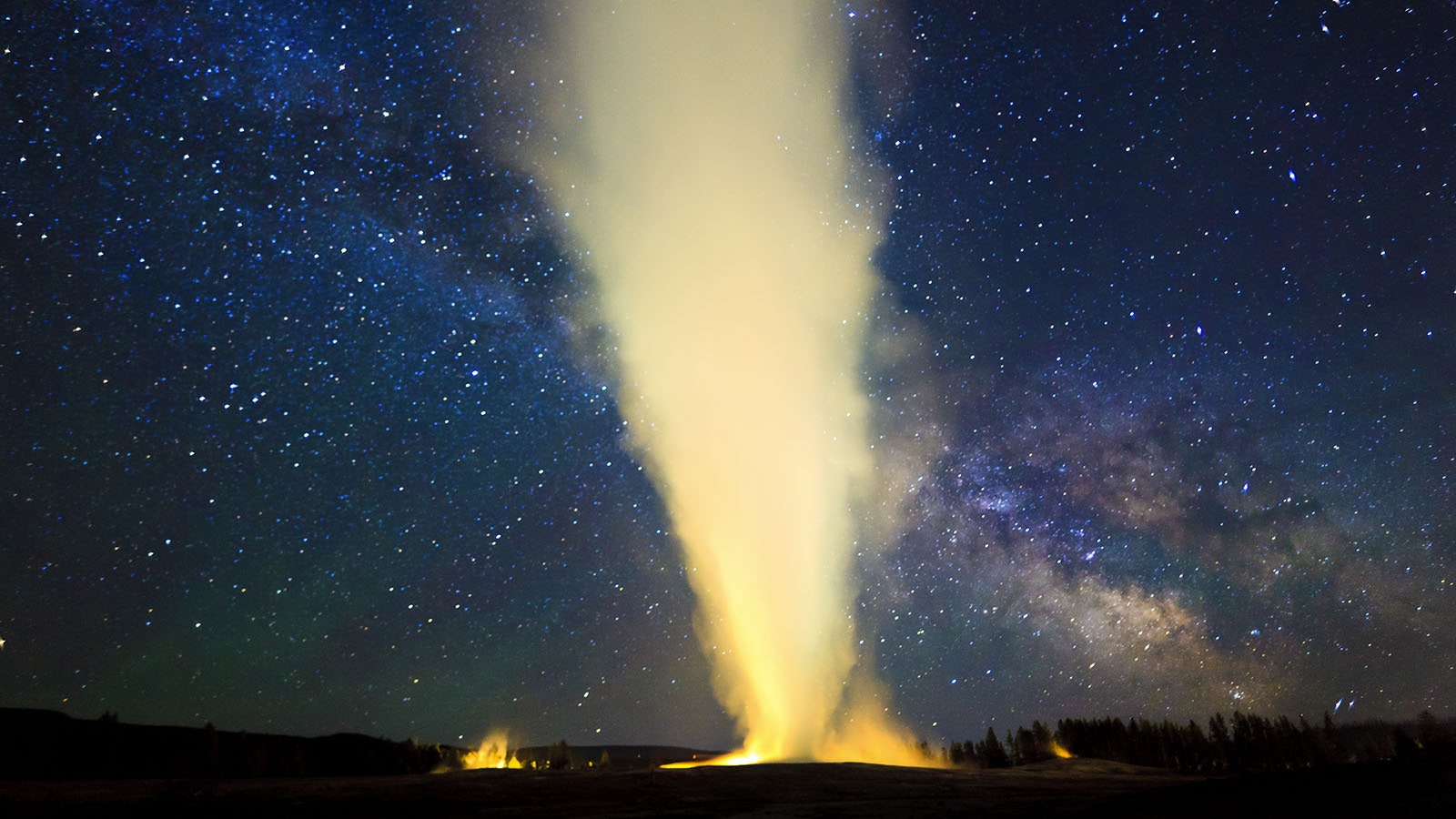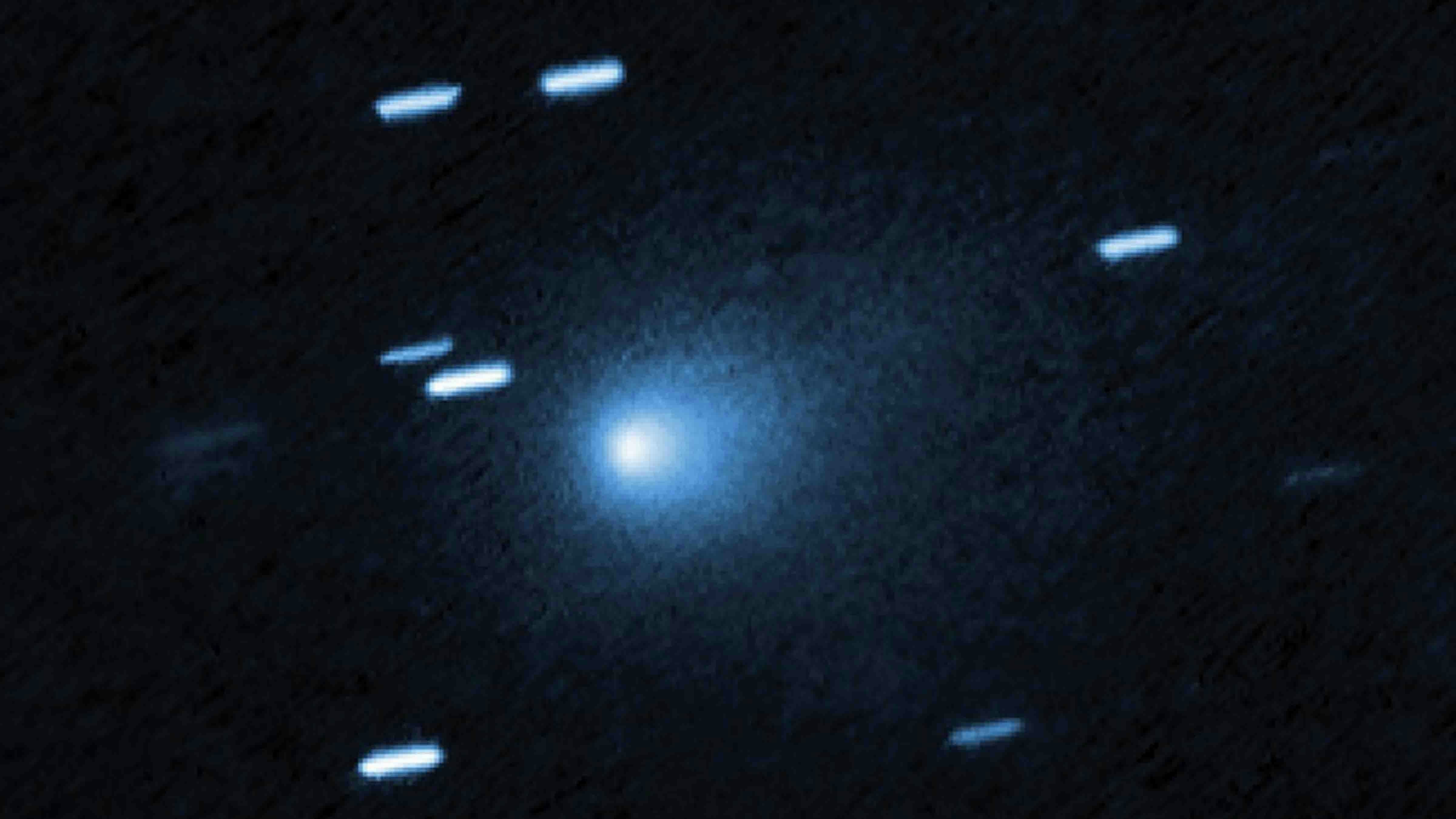While Wyoming days are getting slightly longer every day and the nights shorter, those night skies are peaking now for people to view one of the most spectacular views from the planet. That’s because as winter comes to and end, Milky Way season hits its stride on Wyoming’s pristine viewing canvas.
Milky Way season is the best time of year to see and photograph the galaxy, usually from February through October. That’s when the visible portion of our massive galaxy rises above the nighttime horizon and stretches across the night sky.
“I think it's always a little easier for people to associate the night sky with what they see immediately after sunset,” said Max Gilbraith, planetarium coordinator for the University of Wyoming Physics and Astronomy Department. “As we get into summertime, the Milky Way is a little bit earlier, rising in the evening sky. So, more people see it.”
An Easier Way
Earth is just one of the trillions of planets circling billions of stars in the Milky Way galaxy, 100,000 light years across. That immensity makes observing and photographing the Milky Way such a profound experience for noted Pinedale photographer Dave Bell.
“It's just the coolest thing,” he said. “I'm not going to really say it's a religious experience, but it gives you this sense of how big it is and how small we are.”
But existing in the Milky Way can sometimes make it difficult to see the galaxy. Earth’s position changes as it moves through its yearlong orbit of the sun.
“In winter, when the sun is over the constellations of Scorpius and Sagittarius, you can't see the center bright part of the Milky Way that time of year,” Gilbraith said. “Now that we're getting into spring, we see more of the Milky Way rising through the nights not obscured by daylight.”
Ironically, longer days in spring and summer mean less sunlight interferes with our views of the galaxy. That’s what makes Milky Way season so spectacular.
Of course, there’s another bright light source in the night sky. There’s still the moon to contend with, even during Milky Way season.
“You can see the Milky Way at some point in the evening sky, as long as you don't have a bright city, light pollution or a bright moon,” Gilbraith said. “Those are the two things I try to get away from. Even a quarter moon or gibbous moon can ruin your view of the Milky Way.”

Focusing On Infinity
Bell has been taking photos of the Milky Way for as long as he’s had a digital camera, more than 20 years. He’s figured out his own method of getting the perfect photo of the Milky Way while it's in season, but one point stands out.
“If you're going to shoot the Milky Way, you must set your lens to a manual focus. There’s not going to be anything out there that your lens will normally be able to focus on,” he said. “So, you're going to need to set it to manual focus, and then you're going to need to try to magnify a bright star within your viewfinder and dial it in as tightly as you can. Your lens is focused, essentially on infinity, but is focused well.”
Bell has assembled a checklist of Milky Way necessities through “years of trial and error.” It includes a lens with an aperture of 2.8 or wider, an ISO between 3200 and 6400, a shutter speed between 10 and 25 seconds, and a tripod.
He also uses several apps that monitor the night sky and give him hints of what will be visible. There’s also Capture the Atlas, a compilation of Milky Way calendars that help amateur astronomers and determined photographers know where and when to look.
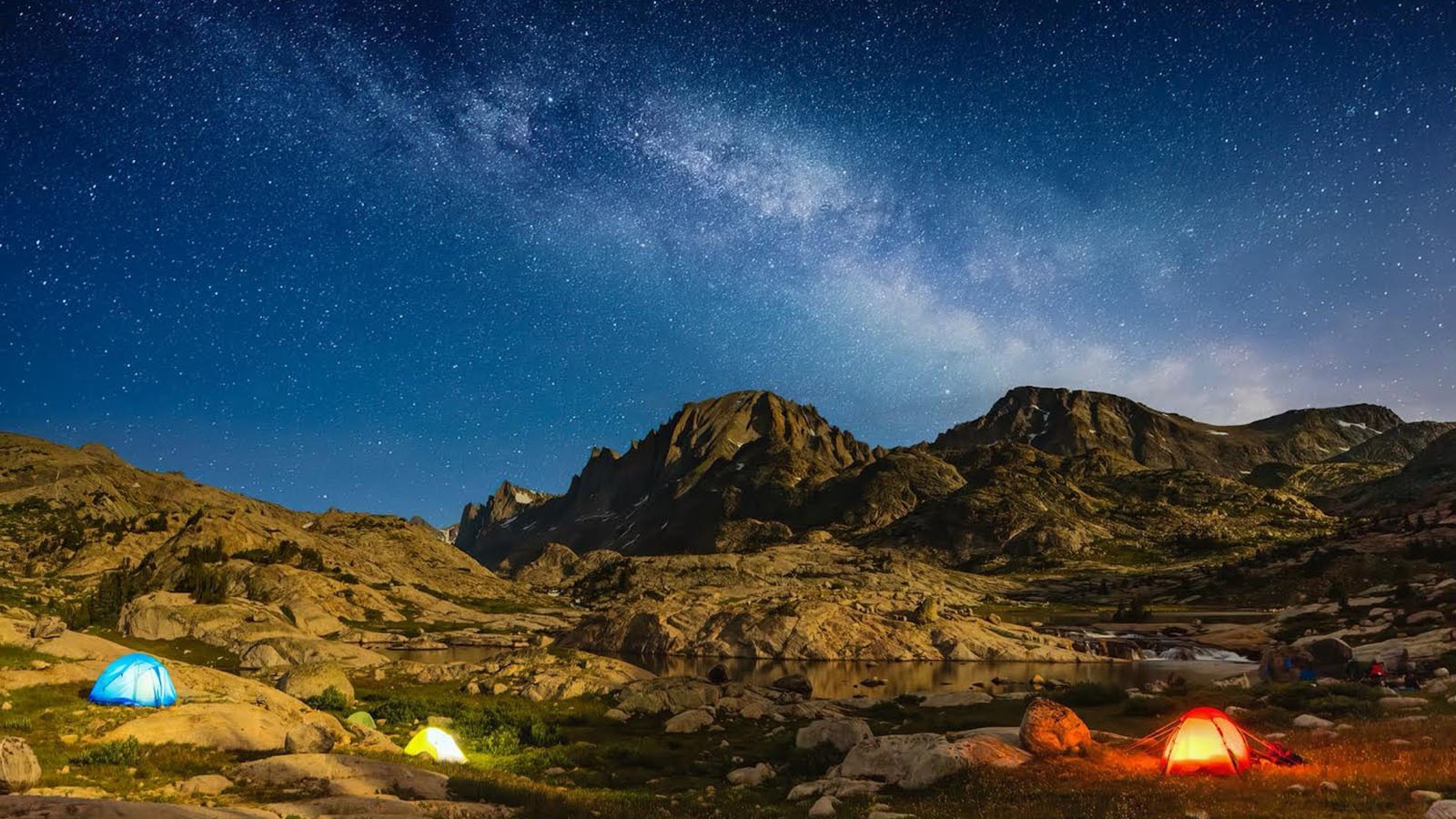
Have Patience
However, a truly resplendent Milky Way photo requires planning — months, if not years, of planning.
Bell’s favorite Milky Way photo has the galaxy rising vertically out of Square Top near Green River Lake in Bridger-Teton National Forest. It took him two years to get it.
To get the shot he envisioned, Bell needed to find the exact time on a moonless night when the Milky Way would be visible in the precise position he wanted, thus the two-year wait. Then, he had to get to the perfect spot.
“We went to Green River Lake in January on tracked ATVs,” he said. “First night, we burned a belt down in one of them and ended up changing a belt in the middle of the night in the snow 10 or 12 miles from the end of the road. It was too far to walk. We had no choice.”
The result was well worth the frigid journey. But even Bell acknowledges that anyone can get a spectacularly lucky shot with a subject as naturally photogenic as the Milky Way.
“Even a beginner can luck into a tremendous Milky Way shot,” he said. “But if you're going to nail it, you're going to need to work hard to get it.”
Wyoming is usually a gracious host for the Milky Way, given dark skies often blanket the vast landscapes and sparse populations. Even in places where light pollution is a problem, a dark sky is never too far away.
That’s why shooting the Milky Way continues to be a celestial experience for Bell and many others. During the Milky Way season, all Wyomingites are just a few steps or a short ride away from a look upward to the infinite beauty of our universe.
“It's just the coolest thing,” Bell said. “The Milky Way is just the edge of our galaxy. That's all it is — our galaxy tipped on edge. To me, that’s just about the coolest thing you can get.”
Contact Andrew Rossi at andrew@cowboystatedaily.com
Andrew Rossi can be reached at arossi@cowboystatedaily.com.

